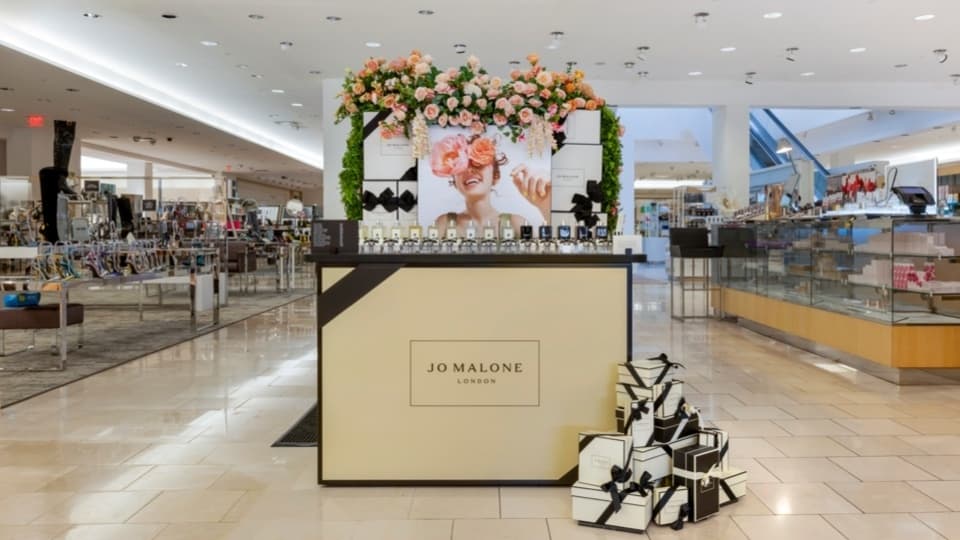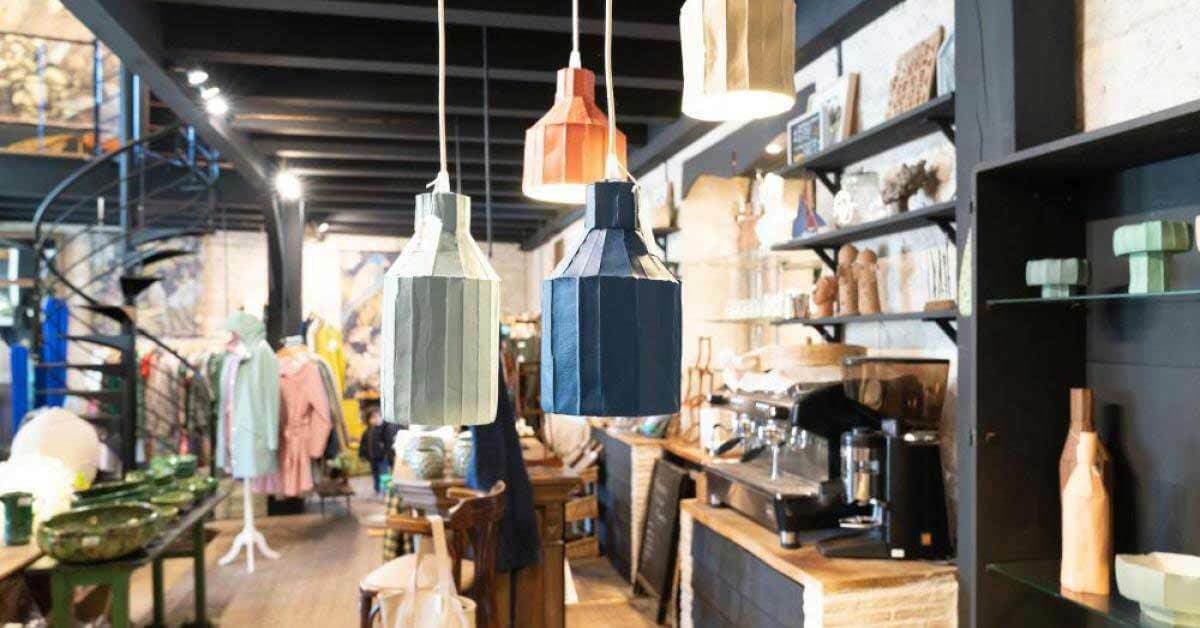Shop-in-Shops: The Benefits to Retailers, Consumers & What to Consider


The “shop-in-shop” concept is nothing new in the world of retail—brands across several industries have been implementing the strategy for years. But what is it about the tactic that makes it valuable for both brands and consumers? For shoppers, it’s all about the convenience of being able to find everything they need in one place. For retail brands and partners, the concept presents an opportunity to expand their brand presence and messaging to a wider audience.
Sometimes, these “shop-in-shops” run for a limited time but many end up becoming permanent fixtures. We’re taking a closer look at the “shop-in-shop” concept and breaking down what retail brands should consider when making it part of their strategy.
The Primary Benefits of Taking the “Shop-in-Shop” Route
Before we dive into the benefits of taking the “shop-in-shop” route, here’s a bit more clarity on what they’re all about. To put it simply, they’re quite literally shops within existing shops. Think of stepping into a major department store and encountering an area that’s hosted by the department store yet completely dedicated to one specific brand. These “mini-stores” function as their own separate retail spaces. Check out this example of a Michael Kors shop-in-shop cube within the Macy’s Herald Square location in New York City for an overview of the concept.
There are several benefits that come along with the “shop-in-shop” concept, including increased exposure and brand awareness, an opportunity to test out new marketing strategies or locations, and a more cost-effective way to reach consumers.
“The benefits for the retailer or brand opening the smaller space inside the large store include lower running costs,” notes Insider Trends on shop-in-shops. “It’s far cheaper to fit out and operate a small-scale space than an entire brand store. The host store may even cover the staffing of the partner space.”
Whether it’s new brands attempting to gain more exposure or established brands expanding their reach, the increased awareness that shop-in-shops bring is one of the most important aspects of the entire strategy. At a time when people are continuing to show more confidence in getting back out to stores and shopping in-person, brands may want to consider exploring the shop-in-shop concept.
And when we think about people shopping in-person, another reason the store-in-store concept is effective is that it offers brands a way to reach audiences in a way that’s more convenient to the consumers themselves. Rather than having to make two trips or even three trips to multiple retail stores, consumers can take advantage of a shop-in-shop and get the items they're looking for in one place.
When you consider the rise of the BOPIS model (buy online, pick-up in store), more consumers are stepping inside retail locations, which means a potential increase in the amount of exposure a shop-in-shop can generate. This is beneficial to both the host retailer and the brand behind the shop-in-shop too. It means more people will be entering a retail space which can help boost sales and continue to get more customers inside physical retail stores.
Now, this brings on the next point which is what to consider to ensure your shop-in-shop gets attention and stands out.
What to Consider to Ensure Your Retail Brand Stands Out
Most of the time, the spaces allocated for shops-in-shops are much smaller than the average retail space, which can be both an opportunity and a challenge for brands. On one hand, it opens the door to get creative and even test out new ways to reach customers that brands might not normally try, like different digital and audiovisual technologies. In fact, one can almost think of shop-in-shops as test locations.
“Shop-in-shops are also a great test ground for brands looking to move into new locations, or even into physical retail for the first time,” writes Jack Stratten for Insider Trends. “By opening concessions first, the retailer can measure the response from customers and identify locations where demand may be high enough to warrant a standalone store. They can also tweak and test the physical offering based on customer feedback.”
Most importantly, retailers need to keep the wants and needs of their customers and make those the top priority. Expanding on that, they need to think about the customer experience and the brand story they want to tell. How do they want consumers to journey through their shop-in-shop? Branding, product placement, floor planning, and even the finishes and fixtures are all vital elements to consider.
With that said, shop-in-shops shouldn’t deviate too far from a brand’s typical look and feel. Your brand should translate regardless of the location. Ultimately, when developing a shop-in-shop think about what your customers love about your brand and keep that at the forefront of the design, story, and overall vibe. Authenticity is key so staying true to your brand’s key components is important.
Looking to the Future
It’s likely that the shop-in-shop concept will continue to evolve. One potential transformation could see shop-in-shops merging more with concept stores. We may also see shops-in-shops on varying levels of scale.
To sum it up, the shop-in-shop strategy may go a long way in supporting the resurgence of in-store retail and bringing customers back to physical stores. Not only are these retail environments convenient, they offer a mutually beneficial experience to brands and customers.


